Collective Soul
Buy Collective Soul Collective Soul reached its full musical promise and commercial success with their 1995 self-titled second album, sometimes referred to as their “blue album”. Here, the rock quintet from Georgia struck […]
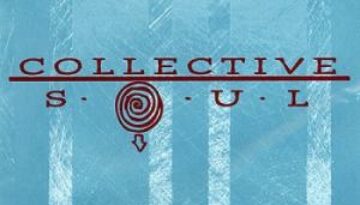
Buy Collective Soul Collective Soul reached its full musical promise and commercial success with their 1995 self-titled second album, sometimes referred to as their “blue album”. Here, the rock quintet from Georgia struck […]
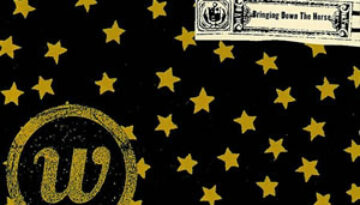
Buy Bringing Down the Horse The Wallflowers struck a fine chord with their second LP, Bringing Down the Horse. The songs on the album were all composed by front man Jakob Dylan and […]
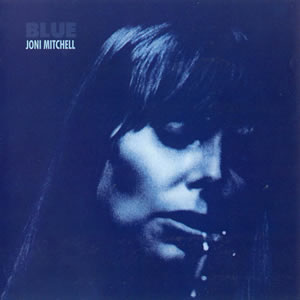
Buy Blue The fourth album by Joni Mitchell, the 1971 release Blue, saw the folk singer reach her highest critical acclaim. The album employs sparse musical arrangements leaning heavily towards the folk genre, […]
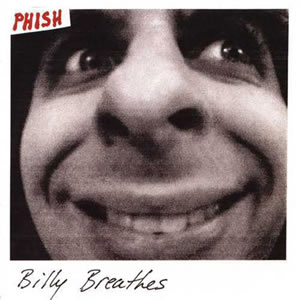
Buy Billy Breathes As their sixth official studio album, Billy Breathes is an early indication of Phish moving towards more mainstream rock music. Here, the four-piece group combined folk, rock and psychedelic into […]
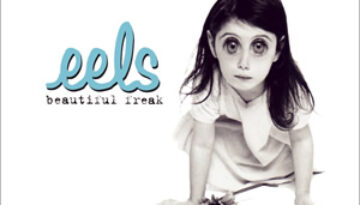
Buy Beautiful Freak Although it is officially the debut of the rock trio Eels, the 1996 album Beautiful Freak is in reality the third album by composer and performer Mark Oliver Everett, who […]
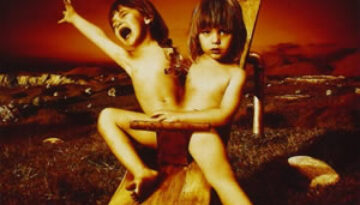
Buy Balance There is no doubt that the decade-long Sammy Hagar experiment had run its course by the time Van Halen had gotten to their tenth studio album (the fourth with Hagar), Balance. […]

Buy Badmotofinger Laying the sonic foundation for their most successful run as a band, Soundgarden delivered their first of a trio of critically acclaimed albums with 1991’s Badmotofinger. The third studio release by […]
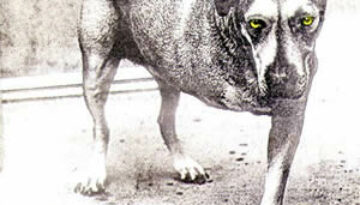
Buy Alice In Chains Alice in Chains took a whole bunch of personal turmoil and spun it into a fine album with their 1995 self-titled release. Informally referred to as “The Dog Record”, […]
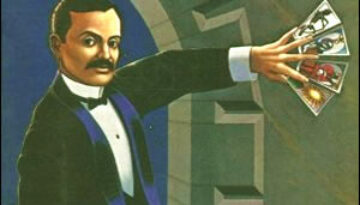
Buy Agents of Fortune The most commercially successful album of the group’s career, the platinum selling Agents of Fortune is a diverse and interesting (albeit a bit incohesive) album by Blue Oyster Cult. […]
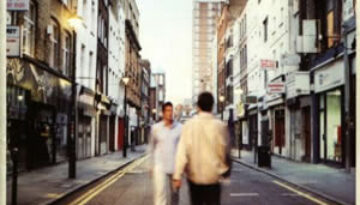
Buy (What’s the Story) Morning Glory? The second blow of the potent 1-2 punch by Oasis at the start of their career was the 1995 album (What’s the Story) Morning Glory?, which fully […]